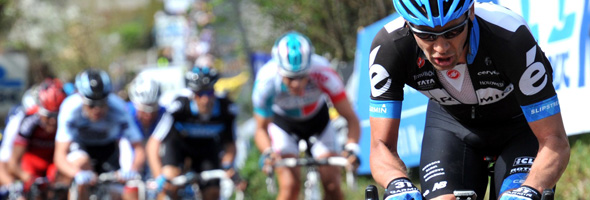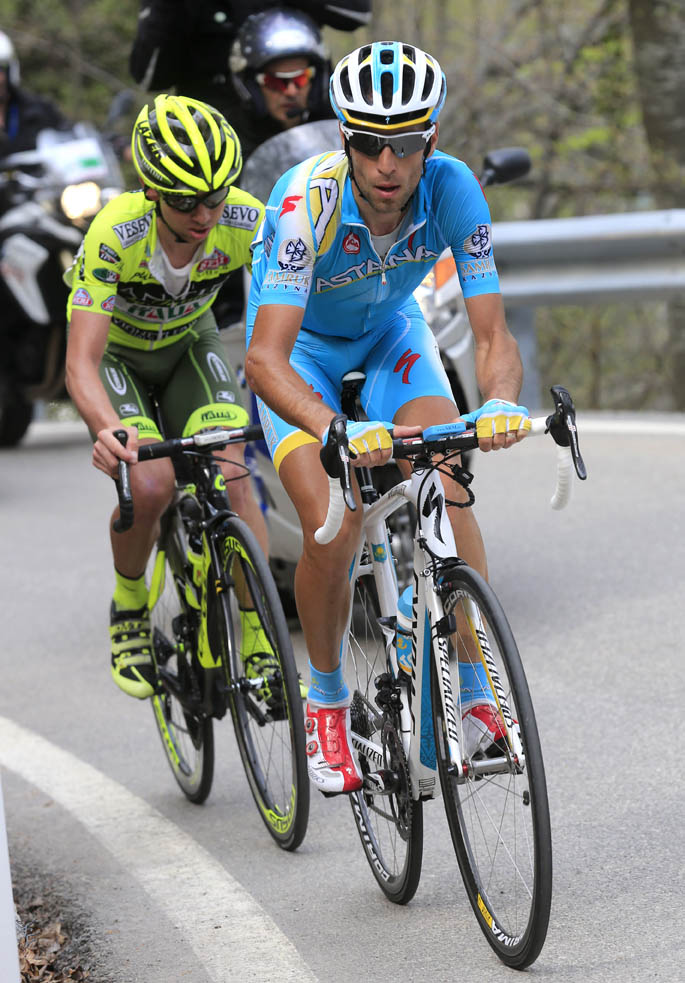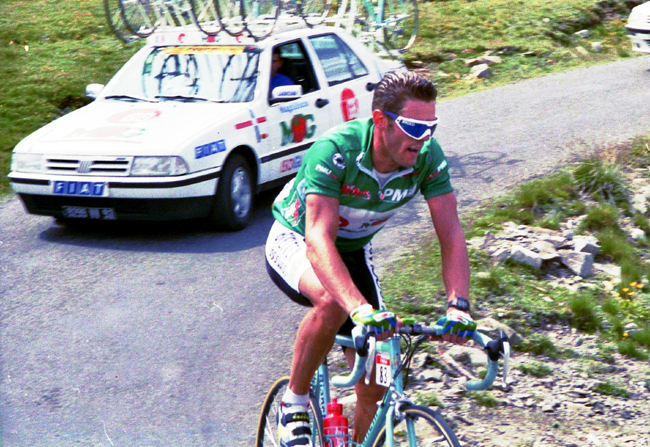Marcelo Marino wrote:Tenho uma desde 2011, acho que ajuda um pouco, nada demais.
Tenho reparado que no Pro Tour não estão mais usando com tanta frequência como antes.
Ah, e se usa por debaixo das alças do bretele, como mandam as regras.

Não usam mais pois a maioria dos uniformes desse ano já foram feitos com esse material, além de serem mais justos ele usam esse tal de mesh
http://roadcyclinguk.com/gear/team-sky- ... acing.html" target="_blank




Equipes com uniforme mais tradicional como a GArmin ainda usam essa camisa por baixo.
Porém a maioria dos ciclistas reclamaram muito desses uniformes esse ano, por causa de queimaduras, provavelmente serão abolidos ano que vem e volta as camisas.

Froome reclamou até no twitter

Resumindo, se a maioria no protour usa é porque ajuda e muito.
edit: Definição perfeita aqui.
That's mostly the idea behind baselayers. Evaporation (and thus cooling) is driven by air flow and surface area of the moisture. Faster air flow and more surface area for a given volume of liquid means evaporation will happen more quickly. With only a single layer of fabric (jersey with no base layer), the fabric can become locally saturated, meaning that in some spots the fabric can hold no more water. In those cases, water can actually close a "pore" in the fabric, essentially decreasing the area of liquid presented to the airflow. What a good base layer does is, in the best case prevent that saturation. Wool does it by actually moving water inside the material itself and expanding. Also where the wool and jersey fabric touch there is a transfer of some moisture to the jersey (through a couple different fluid transfer modalities). What a synthetic garment does is move the moisture away from the body and more directly to the jersey. In both cases, the moisture presents more surface area to the wind for better evaporation.
What about in the cold? The evaporation mechanism is the same. A jersey gets locally saturated. Evaporation is slow, because of the reduced surface area of the moisture, and lot of sweat remains in contact with your skin. Water has a pretty good specific heat, which is the amount of heat per unit mass that is required to raise the temp of that liquid 1°C. Boiled down, that means that water becomes cool and stays cool for a long time, chilling the rider (in extreme cases in mountaineering and some other winter experiences, the chilling is enough to cause hypothermia, severe frostbite leading to loss of limb, and even death.). Splitting that moisture between a base layer and a jersey increases the area of the liquid, increasing evaporation, and lessening the amount of heat the body has to put into the liquid to evaporate it.

































